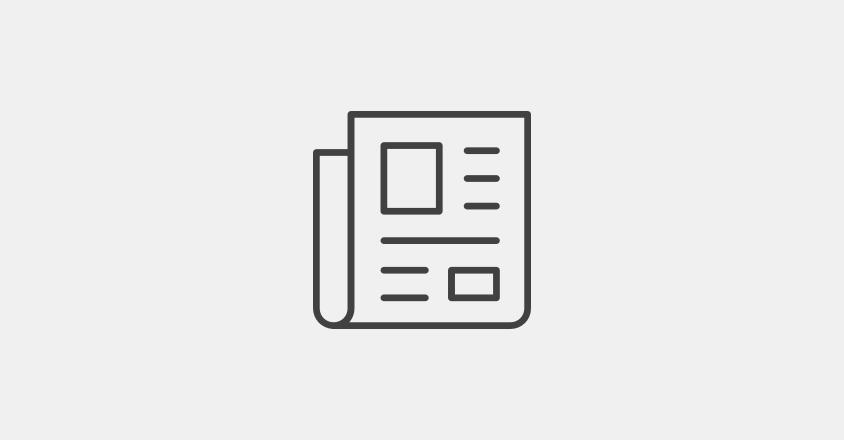

Blisters 101
Self-control + sanitary conditions
Question: What do spider bites, sunburns, chicken pox and tight shoes have in common?
Answer: They can all lead to blisters.
While blisters may begin as small, bothersome bubbles that form under the skin and fill with fluid, they can lead to infected areas needing medical attention. To help blisters heal quickly and without further issues, follow these guidelines:
1. Don’t pop it
That billowing booboo may call to you like a plump pimple, but white-knuckle-grip your self-control and don’t pop that blister. Picking, popping and probing blisters increases the chances of introducing bacteria to the wound, which can lead to festering infections.
2. Keep it clean
To keep bacteria at bay, wash the sore area with warm water and mild soap, then apply an antibacterial cream. Top it off with a fresh bandage or gauze, then give that blister time to
heal. Most blisters heal naturally within one to two weeks.
3. Know when to see a doctor
Generally, blisters don’t require a doctor’s expertise, but if a blister oozes with green or yellow pus, feels hot to the touch, or becomes more painful to the touch over the course of a few days, it may be infected. Don’t ignore an infected blister. A doctor can determine if your infection needs antibiotics for healing.
4. Change shoes/equipment
Blisters most often pop up due to excessive friction and pressure. So, stop the heavy, rubbing irritation that caused the blister in the first place. Sometimes that’s as simple as changing shoes, other times it means putting down the hand tools or baseball bat for a few days.
Are blisters preventable?
Research confirms that friction blisters form most easily on thick, stiff skin (like the soles of the feet) versus thinner skin. That’s why avid hikers, marathon runners and other athletes eagerly try all kinds of potential prevention tricks and tips to avoid blister pain.
“When it comes to blisters on the feet, I get asked about taping, specialty socks, foot powders, bandages and buying expensive shoes,” said Sierra Giesey, APRN-CNP. “I can’t guarantee any of those treatments will prevent the development of blisters. However, it may reduce the risk. I recommend finding out what works best on your skin through trial and error.”
Genesis HealthCare System’s Health and Wellness content conveniently provides accurate and helpful information. Your health history and current health may impact suggestions provided through our Health and Wellness content. Although we hope this information is helpful, it is not a substitute for your doctor's medical advice. Before making any significant changes, please consult your doctor.



